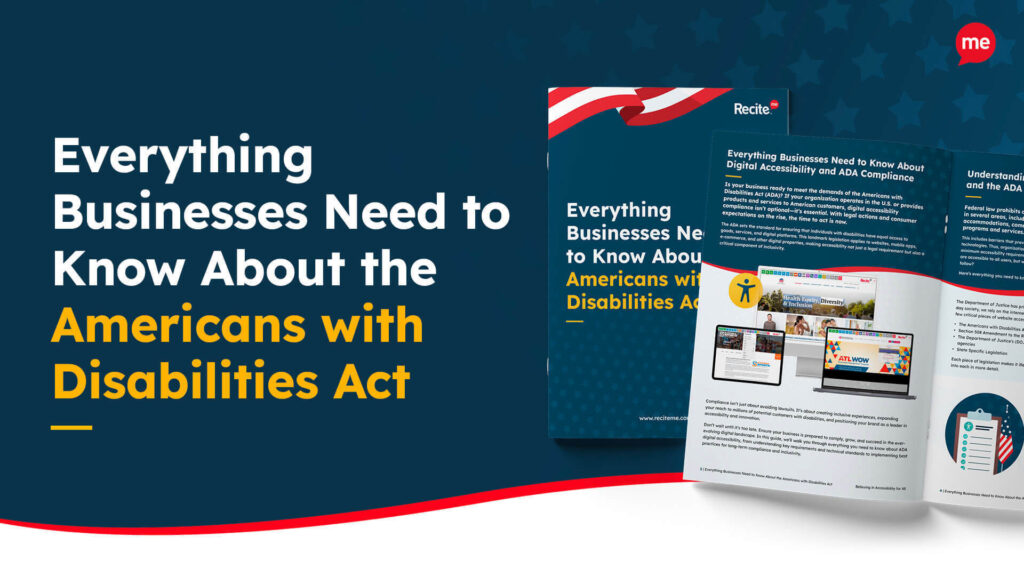Download Our Free ADA Compliance Checklist
Download NowAccessibility legislation like the Americans with Disabilities Act (ADA) impacts businesses and organizations across Oregon. From installing wheelchair ramps to flexible working, the ADA ensures reasonable accommodations are put in place. That ensures disabled people can participate equally in daily life, including online. Digital ADA compliance is an often overlooked issue.
Companies must meet ADA requirements or risk legal action. And it’s not an unlikely scenario. Since 2018, there have been over 25,000 digital accessibility lawsuits. In 2024, there were 4,000+ lawsuits filed. So, why does ADA compliance in Oregon matter, and how can you ensure your digital content is compliant?
What is the Americans with Disabilities Act (ADA)?
The Americans with Disabilities Act (ADA) is a ground-breaking piece of legislation established in 1990. Its purpose is to enshrine protections for disabled people into U.S. law, preventing discrimination. The ultimate goal is to ensure equal access for the disabled in all areas of public life, including products, services, and employment.
There are several sections of the ADA, each referred to as “titles”. Title III, which applies to “Public Accomodations” is the most relevant to commercial businesses. Along with shops, restaurants, and any business that’s open to the public is covered until this title. It’s also applicable to websites, as these provide a service to the public.

Which Oregon businesses need to comply with ADA guidelines?
ADA guidelines apply to federal agencies, private businesses, and non-profits. However, they vary in terms of requirements. Below we’ll explore the differences regarding digital compliance in more detail.

ADA Title I: Businesses with 15+ employees
In terms of Title I, businesses with more than 15 employees must comply. However, it is also recommended for businesses under this threshold, wherever possible. Applicable businesses must ensure ADA-compliance across their hiring, onboarding, and employment processes, including digital recruitment.
ADA Title II: State and local governments
Government organizations, and contracted agencies, are required to adhere to Title II of the ADA. This covers various areas, including providing accessible facilities and services. It also requires these organizations to ensure their websites are ADA-compliant.
A recent mandate by the DOJ also means that public entities must be ADA compliant by the following deadlines:
- April 24, 2026: Public entities with populations of 50,000 or more
- April 26, 2027: Public entities with populations under 50,000 and special district governments
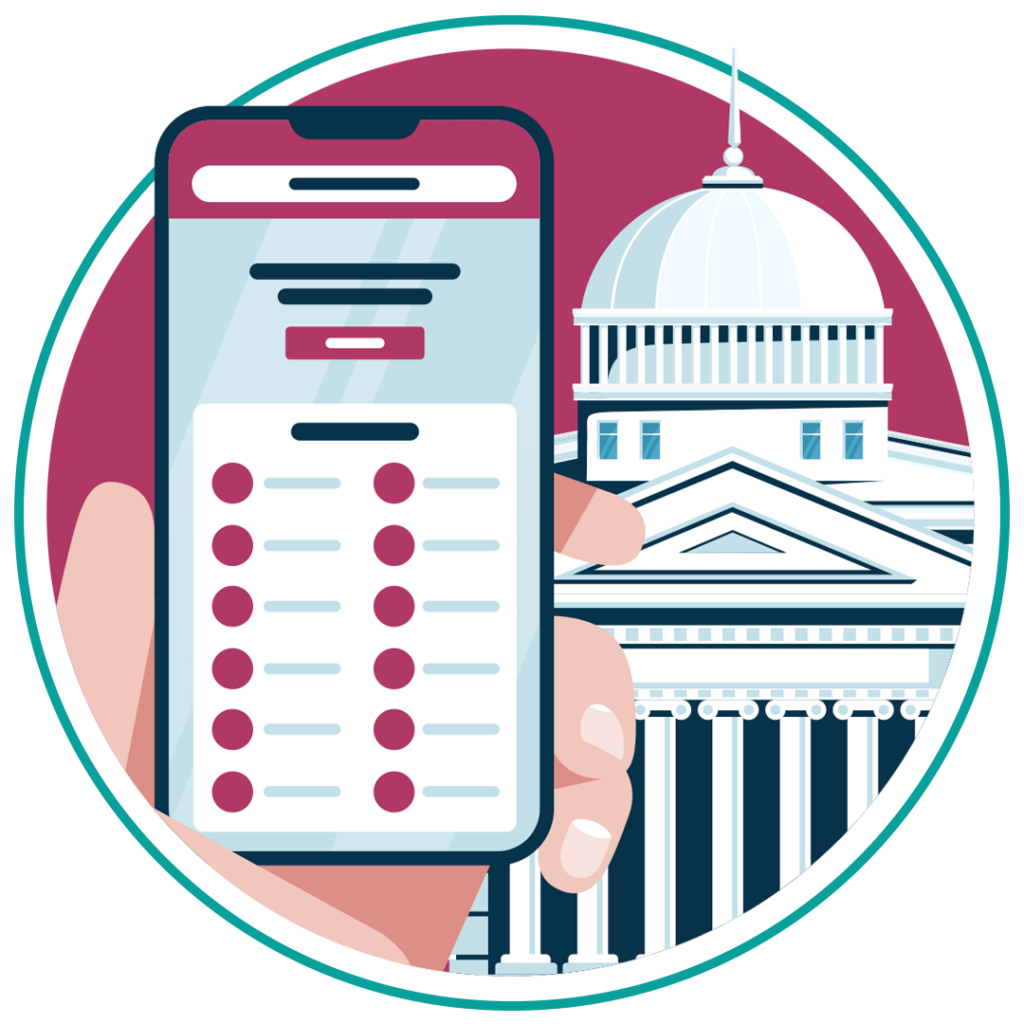

ADA Title III: Public accommodations
Public accommodations are covered by Title III, and applies to any business or organization that is public-facing, including hotels, hospitals, and shops. Websites are also classed as public accommodations, as they serve the public. So, you’ll need to ensure your e-commerce store, hotel booking site, or accounting services site are all ADA-compliant.
Get a free automated ADA compliance audit of your website. This audit will highlight compliance violations and provide the recommendations needed to meet ADA compliance standards.
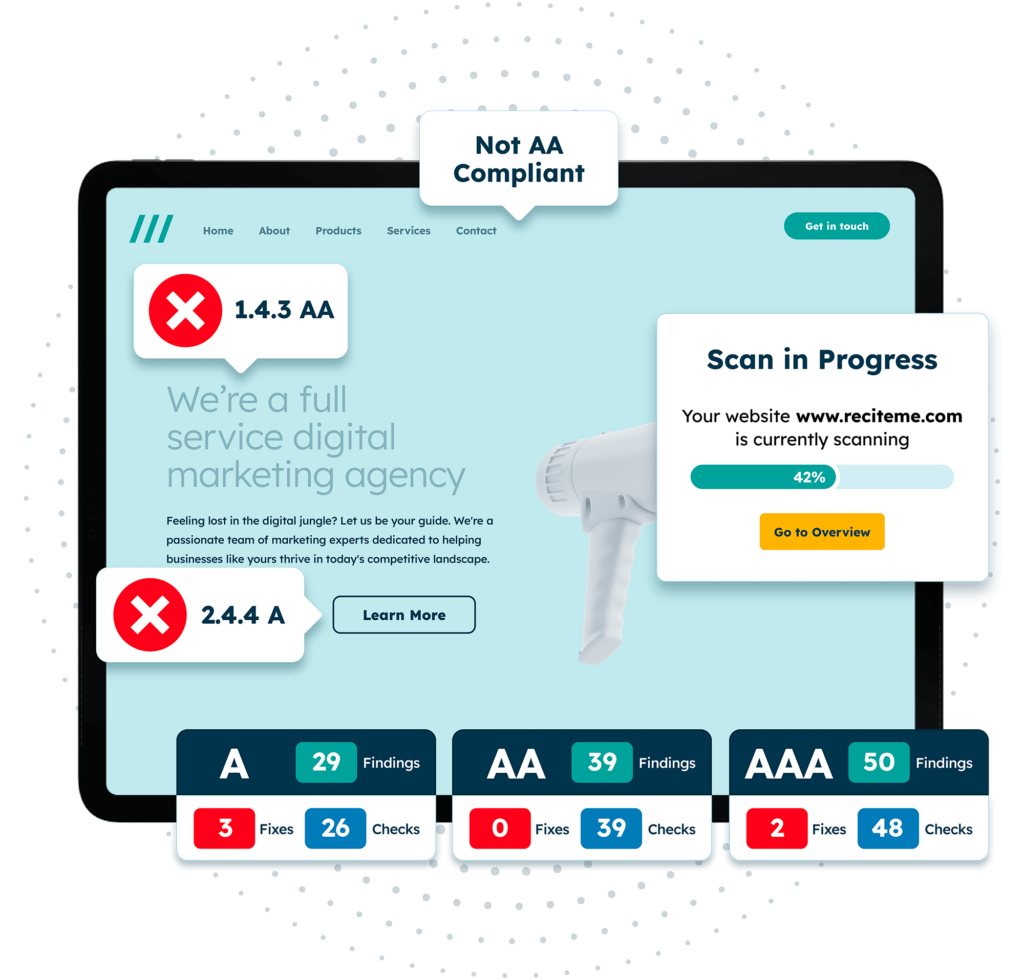
The most common ADA non-compliance issues in Oregon
The ADA applies to businesses, non-profits, and federal agencies across Oregon. So, it’s important to be familiar with the potential accessibility issues that could affect your compliance.
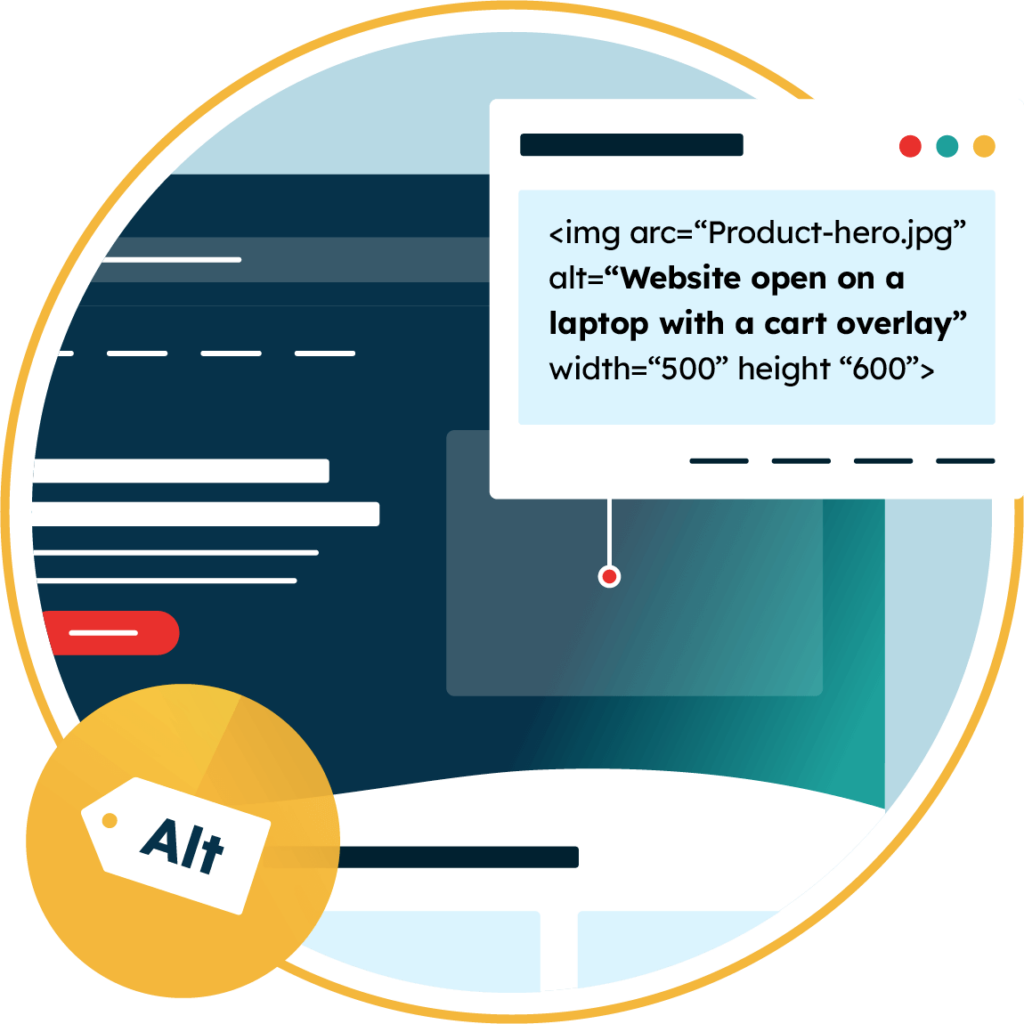
No alt text for images
As it sounds, alt text is a textual alternative to image content. When blind or visually impaired people access your website, they can’t see the images. That can put them at a real disadvantage. One key example is product photographs, which provide essential information about an item the user might want to buy.
Alt text should be concise and descriptive, so that the user can understand what is in the image. For example, “book” would not be suitable for alt text, as it doesn’t provide enough information. “Hardcover edition of The Pickwick Papers by Charles Dickens with gold gilt detailing” would be more appropriate, as it specifies the exact book and its relevant features.
Inaccessible navigation
Not all web users can navigate with a mouse. People with motor and physical impairments may prefer to navigate with a keyboard alone. Others use assistive technology, like screen readers and voice recognition software, which also require keyboard navigation.
You can test whether your webpages are keyboard-accessible by navigating through the website with the Tab, Enter, and Arrow keys.


Missing captions and transcripts
Captions and transcripts help deaf people and those with auditory processing impairments to enjoy the audio content of your videos. Captions are displayed on your video and should be synchronous with the spoken content. Transcripts are external to the video, and should be accessible as a downloadable file and/or on a separate webpage to the video itself.
Although there are automated options for adding captions, including on platforms like YouTube, these should always be checked by a human for errors.
Non-descriptive links
Descriptive content is very important for inclusive websites, and not just for alt text. People who use screen readers will also need additional context for any hyperlinks on your website.
Accessible links should provide clear information about what clicking on the link will do or lead to. For example, “Download our monthly marketing newsletter” or “View our collection of baby strollers”.

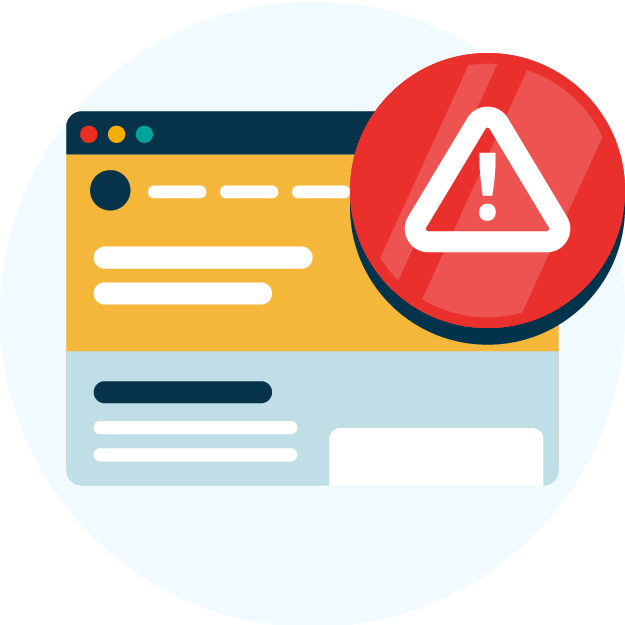
Inaccessible forms
From customer orders to client bookings, website forms are integral. However, they are often inaccessible to disabled people. For example, like links and images, screen readers rely on labelling to provide information about the purpose of form fields. So, you should always ensure that your form fields have clear, descriptive labels, such as “First name” and “What is your query?”
Beyond this, you should also ensure that error messages are displayed, and enabled for screen readers. This allows disabled people to understand what they need to do when something goes wrong.
Lack of headings
Headings help to guide readers through your webpages. They’re essential for all web users, but particularly those who use screen readers. Whilst it can be tempting to just use bold text for headings, or use HTML headings in any order, this isn’t semantically correct.
Missing or semantically incorrect headings can make your webpages very confusing. For example, correct HTML headings will start with a <h1> for the title, then move onto <h2> for section headings, then <h3> for subheadings. This provides a clear, hierarchical webpage structure for screen readers to navigate.
Low color contrast
Subtle color schemes can look stylish, but they’re not always inclusive. If your website has a low color contrast between the text and its background, people with visual impairments may struggle to read the content. The Web Content Accessibility Guidelines require a minimum contrast ratio of 4.5:1 for normal-sized text.
To check your contrast levels are compliant, you can use a color contrast checker. There are also tools like Recite Me’s accessibility toolbar which include features to help you adjust your website, including its colors, for improved inclusivity.
What are the biggest risks of avoiding Oregon ADA obligations
ADA obligations might seem an insignificant issue to your Oregon business. But that can be a costly misconception. Ignoring your ADA compliance obligations comes with some major risks.
Legal action
The biggest direct risk you’ll face by breaching the ADA is legal action. Digital accessibility lawsuits are on the rise, and you could incur hefty fines and court costs. Your first violation of the ADA will set you back $55,000 in fines (at a minimum). Subsequent compliance issues will cost your business $110,000 each.
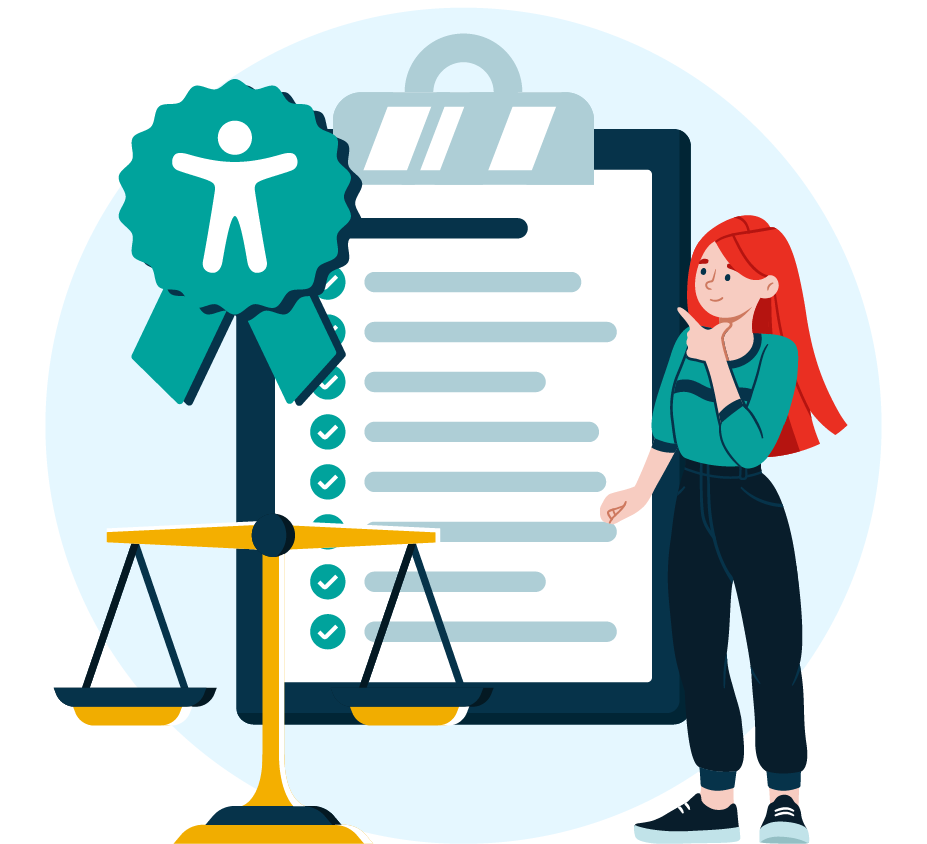

Negative PR
Poor ADA compliance could lead to a significant backlash from your customer base. Disabled customers, and those who support inclusivity, may vote with their feet and start boycotting your brand. On top of that, your business partners won’t want the negative scrutiny either, and may stop collaborating with you.
Lost revenue
According to data from the University of Montana, Oregon’s disability rates average at just under 15%. That’s a lot of customers who potentially will not be able to access your website, and therefore, your products and services. By neglecting disabled people, you also lose out on potential sales.
Real examples of Oregon ADA lawsuits
We’ve already mentioned the potential impact of ADA lawsuits on non-compliant organizations. But what does this look like in practice? Let’s take a look at a real life case study:
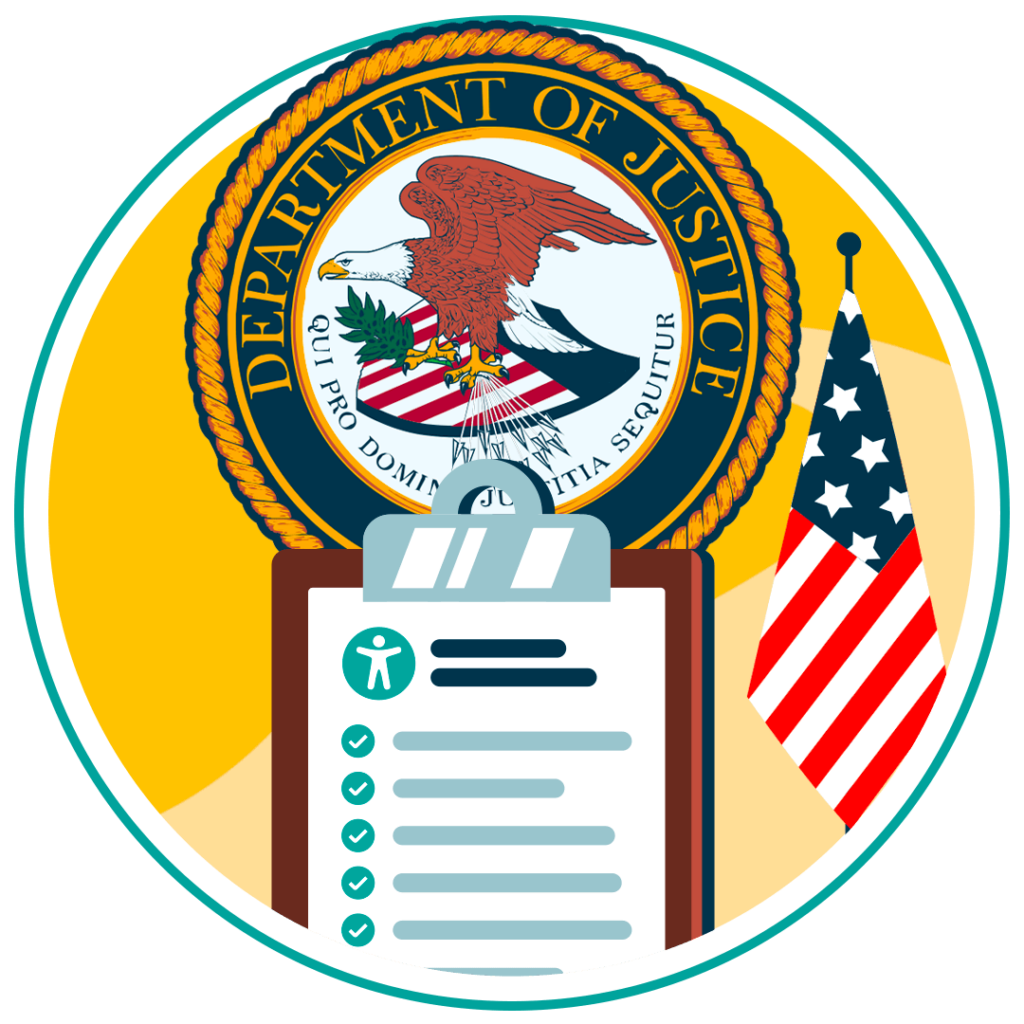
Holger Fiallo v. Oregon State University Bookstore, Inc
In May 2023, Holger Fiallo sued Oregon State University Bookstore, Inc. in the US District Court for the District of Oregon, alleging that the OSU Beaver Store website was not accessible to people with disabilities in violation of the ADA.
The case, one of several web-accessibility suits brought by Fiallo, appears on the docket and was marked terminated on 19 December 2023; public docket summaries do not disclose the specific disposition tied to that termination. The matter illustrates the wider trend of digital-accessibility claims against university and commercial websites.
Want to make sure your website is compliant with the Americans with Disabilities Act? Then unlock the ADA compliance checklist now. Discover actionable steps to ensure ADA compliance, helping you avoid lawsuits and any other negative consequences of non-compliance.
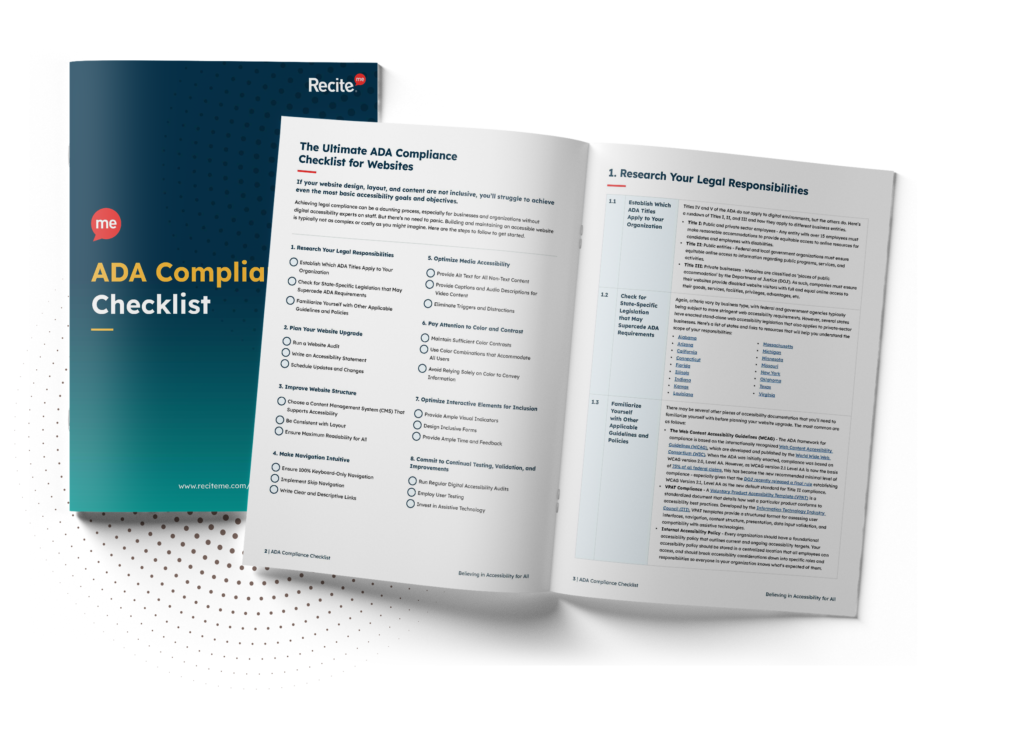
Conclusion: Take the first steps to ADA compliance in Oregon
Meeting ADA compliance ensures that everyone can enjoy your Oregon business, including its website. Making a commitment to digital accessibility can protect your business – and draw in disabled customers and their loved ones. It can be difficult to know where to start, though.
Start with a free website accessibility audit to ensure your website meets the digital accessibility requirements. This tool conducts 390+ individual checks against WCAG criteria, searching for potential violations. It then generates a report detailing the required changes – and how to fix them. Alternatively, for a more tailored approach, our experienced accessibility advisors are here to advise you.
Oregon ADA compliance FAQs
Looking for a recap or quick summary? Here are a few of our most frequently asked questions to help you get to grips with the essentials:
What is the ADA law in Oregon?
The ADA refers to the Americans with Disabilities Act, which seeks to protect disabled people from discrimination. It applies to businesses, non-profits, and federal agencies in Oregon.
It requires these organizations to provide reasonable accommodations to access and engage with their products, employment opportunities, and services, including websites.
What does ADA compliance require?
ADA compliance requires Oregon businesses, federal agencies and non-profit organizations to make adjustments to ensure their company is accessible to disabled people. Examples of adjustments include:
- Providing disabled parking spaces
- Offering flexible working arrangements, where needed
- Building an accessible website
- Enabling people with guide dogs to visit your business
What is the ADA required for in Oregon?
The ADA is required to protect disabled people in Oregon, across several areas of daily life. These include employment, transportation and public services. It requires Oregon companies to meet certain standards of accessibility. For example, providing accessible communication formats, like braille and large print, and adding captions to website videos.
How do I check for ADA compliance?
Oregon companies can use Recite Me’s automated web accessibility checker to ensure their website is ADA-compliant. This tool audits both back- and front-end development processes for potential violations, and generates a report detailing the errors (and fixes). Always follow up with a manual check using a free website accessibility checklist.
Need more help becoming ADA compliant?
The following resources are packed full of actionable tips and expert advice for making your digital content compliant with the Americans with Disabilities Act:
Free ADA Accessibility Training
Take the first step to ADA compliance by completing our training course.
Free ADA Accessibility Guide
Ensure your organization is meeting the requirements for ADA compliance.


